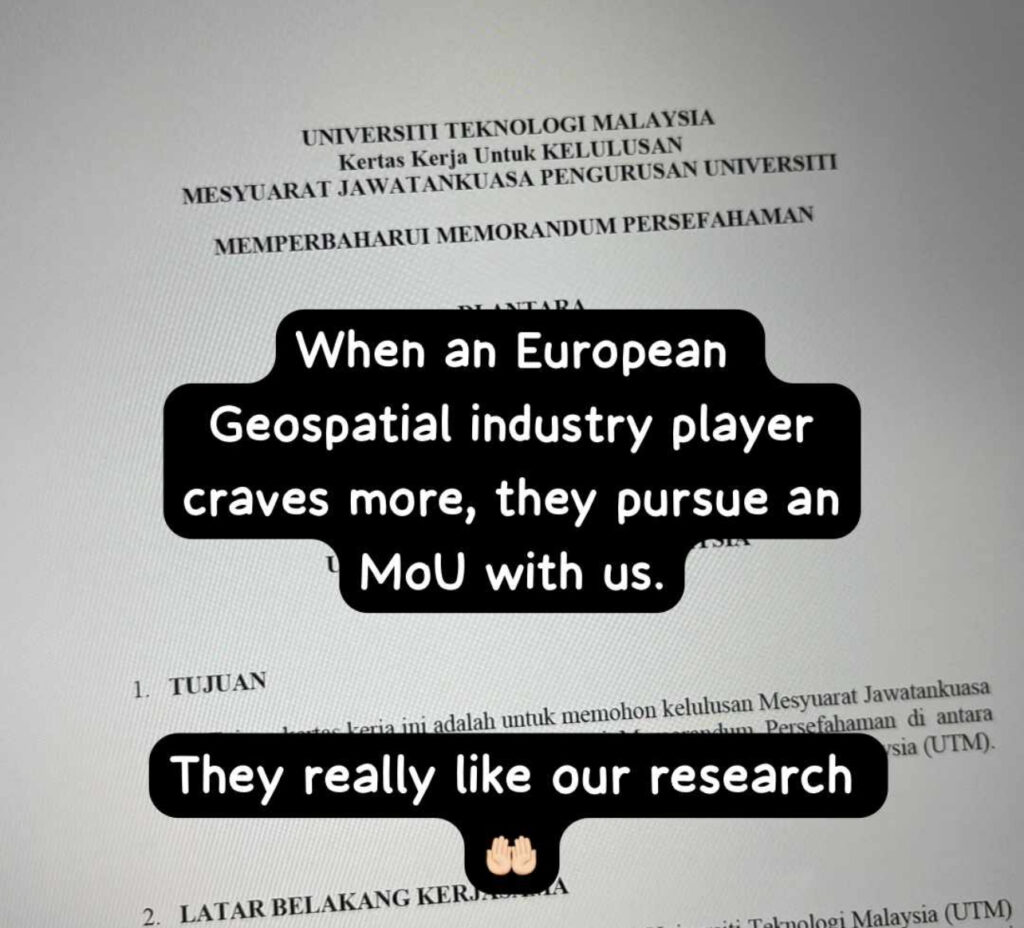
Bridging Academia and Industry and The Crucial Role of MoUs between Research Universities and International Industry Leaders
In the ever-evolving landscape of innovation and progress, the synergy between research universities and international industry players is increasingly becoming a catalyst for groundbreaking advancements. At the heart of this collaboration lies the Memorandum of Understanding (MoU), a powerful tool that shapes the future of research, technology, and industry. Let’s explore why forging MoUs between research universities and main international industry players is of paramount importance.
1. Knowledge Transfer and Innovation Hub:
Research universities are hubs of knowledge and innovation. Partnering with international industry players through an MoU creates a two-way street for the exchange of ideas, cutting-edge research, and technological breakthroughs. This collaboration fosters an environment where academia and industry can coalesce, driving innovation to new heights.
2. Real-world Application of Research:
The synergy between academia and industry is where theoretical knowledge meets real-world application. An MoU facilitates the seamless integration of academic research into practical industry solutions. This bridge ensures that groundbreaking discoveries in university labs find their way into products, services, and technologies that impact society positively.
3. Access to Funding and Resources:
International industry players bring not only expertise but also substantial resources to the partnership. Through MoUs, research universities gain access to funding, state-of-the-art laboratories, and industry-specific resources. This infusion of support empowers researchers to pursue ambitious projects and push the boundaries of what’s possible.
4. Talent Development and Collaboration:
Collaboration with industry leaders opens up avenues for talent development. Students and researchers benefit from exposure to real-world challenges, industry practices, and mentorship from professionals. This dynamic interaction nurtures a skilled workforce ready to tackle the complexities of today’s global challenges.
5. Global Relevance and Impact:
An MoU with an international industry player elevates the global relevance of a research university. Collaborative projects extend the reach of research findings, enhancing the university’s impact on a global scale. This global footprint not only attracts top-tier talent but also positions the institution as a key player in shaping the future.
6. Commercialization Opportunities:
The collaboration facilitated by MoUs often leads to commercialization opportunities. Transformative research outcomes can find their way into the market, creating a pathway for industry partners to capitalize on innovative solutions. This symbiotic relationship strengthens the bond between academia and industry for mutual benefit.
7. Solving Grand Challenges:
Grand challenges facing society, from climate change to healthcare, require interdisciplinary solutions. MoUs enable research universities and industry leaders to pool their collective expertise and resources to tackle these challenges head-on. The result is a collaborative effort that transcends boundaries and addresses critical global issues.
The importance of forging MoUs between research universities and main international industry players cannot be overstated. It’s a strategic alignment that propels both entities toward shared goals of innovation, knowledge dissemination, and societal impact. As we navigate a future defined by technological advancements and global challenges, these partnerships forged through MoUs will be instrumental in shaping a world where academia and industry stand united on the forefront of progress.
